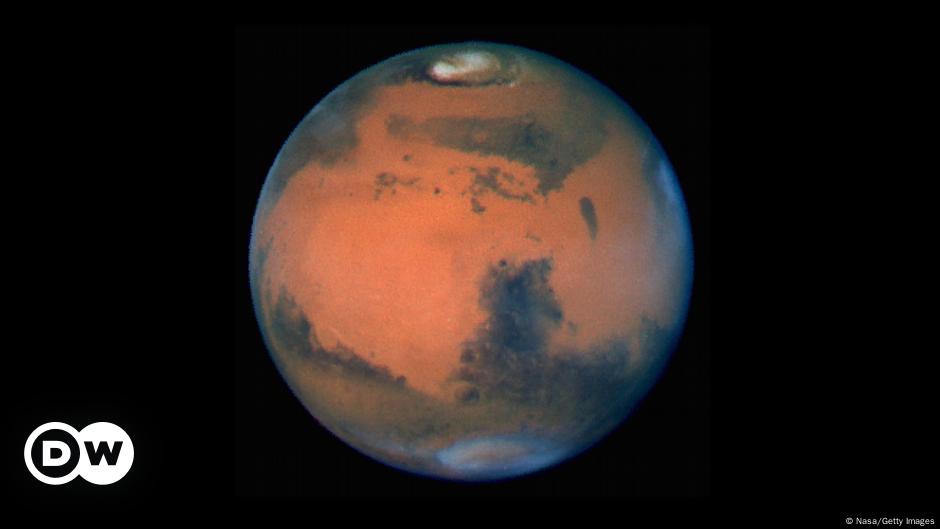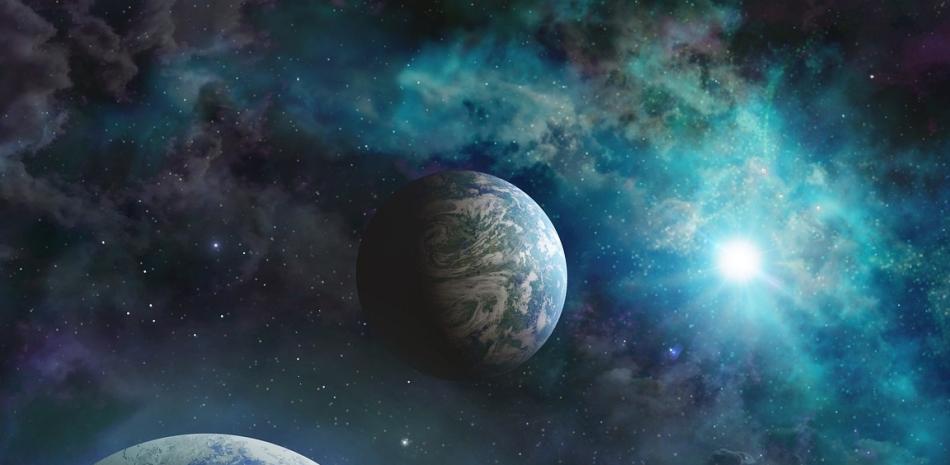Researchers from several countries have discovered a rocky planet around an already dead star, which gives clues about what the Earth will be like when the Sun “turns off” in about 8 billion years, and sends a hopeful message about the survival of the Earth.
The planet is located about 4,000 light-years from the Milky Way and, according to researchers, offers a “prediction” of Earth's fate when the Sun turns a “white.” (an exhausted star) and Earth, destroyed and frozen, has moved beyond the orbit of Mars.
Scientists from many universities and research centers from many countries participated in this research. Led by the University of California-BerkeleyAnd the results are published in the journal Nature Astronomy.
Fate of the Earth
Thanks to observations made with the Keck 10-meter telescope in Hawaii, this distant planetary system appears exactly as expected for a Sun-Earth system: It contains a white dwarf with half the mass of the Sun. and an Earth-sized companion in an orbit twice as large as Earth's current orbit.
Astronomers, according to an extract provided to the University of California Press, have indicated that this may be Earth's fate; The Sun will eventually balloon to a size larger than Earth's current orbit, engulfing Mercury and Venus.
As the star expands, its mass decreases, causing the planets to migrate to more distant orbits, giving Earth a smaller chance to survive further away from the Sun, and eventually the outer layers of the “red giant” (Sun) disappear. A dense white dwarf is no bigger than a planet, but has the mass of a star.
If Earth had survived by then, it would have ended up in an orbit twice as large as its current orbit, researchers have confirmed.
A distant planetary system provides an example of a planet that has survived, although it is outside the habitable zone of a faint white dwarf and is unlikely to host life, although it was potentially habitable when its host was still a Sun-like star.
ee (efe, natural astronomy)





